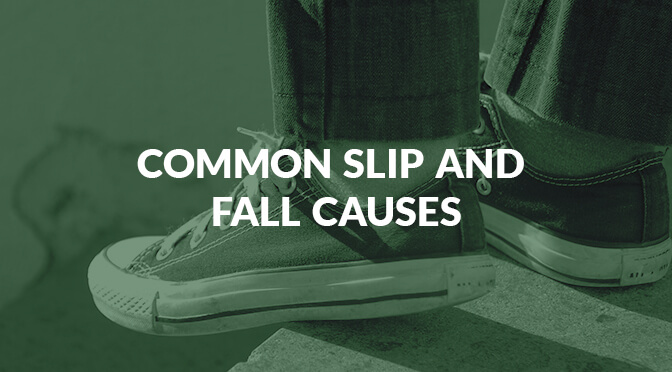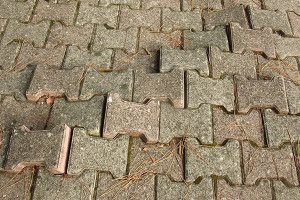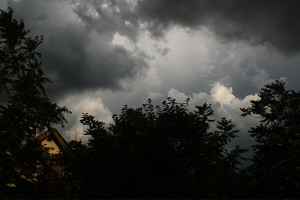
It happens to everyone, we trip on a foreign substance or slip on a wet floor, and most of the time we recover with nothing more than embarrassment or a small bump. Sometimes however, the trip or slip and fall causes us to receive injuries far worse than a minor bump. According to the Centers for Disease Control and Prevention, 800,000 people a year end up hospitalized because of a fall injury. Often, slip and fall incidents stem from similar causes and may even have been avoided if the proper maintenance was followed.
The Common Slip and Fall Causes
Building Code Violations
Homes and company buildings must meet specific code requirements to be considered safe for people to use. A common cause of a trip and fall accident is a staircase not meeting regulations in height standards. The International Council Code states that the optimum height increase for stairs is between four and seven inches, any more or less can result in an injury due to unusual heights. The stair treads and risers should also be the same.
Other surfaces within a building, such as uneven or loose flooring, may also cause you to slip and fall. The Americans with Disabilities Act of 1990, requires ground surfaces, including floors, to be stable, firm, and slip-resistant in residential property. The United States Department of Labor keeps work areas safe with regulation 1910.22(a)(3) stating, “Walking-working surfaces are maintained free of hazards such as sharp or protruding objects, loose boards, corrosion, leaks, spills, snow, and ice.”
Property owners have a responsibility to maintain their property both inside and out. Doorways, hallways, sidewalks, and lawns need to be taken care of in order to prevent a dangerous situation to others. As stated in the United States Department of Labor regulation, walkways and store aisles need to be kept free of hazards. Weather conditions are not an acceptable excuse for dangerous walkways. Property owners who fail to make surfaces safe increase the risk of causing an injury to someone on their property. Property owners must create slip-resistant surfaces while it’s raining to prevent slips and falls.
Another aspect of keeping safe walking areas safe is proper lighting. Without enough light in an area, people have little chance to spot dangers or even choose to avoid dangers such as holes, uneven surfaces, or obstacles. While the requirement changes for different areas, the USDOL demands that workspaces such as offices have a minimum of 30 lumens per square foot. One lumen is the amount of a light a single candle gives to a one-foot square that is one foot away.
You may also find more unusual instances to be the cause of a slip and fall accident. Elevators not aligning with their designated floors or tree roots lifting sidewalks may cause someone to trip and receive a painful injury. In these instances, if the owner of the property failed to warn you of the potential hazard or should have known about the unsafe condition and failed to fix the problem, then they could be responsible for your injury.
When a slip and fall accident is caused by one of these more common reasons, it is likely you are not at fault and could receive compensation for your injury. If you slip and fall because of uneven stairs or walkways, slippery surfaces due to weather conditions, poor lighting, or a more unusual reason, you may not have to pay for your injury yourself. Call Scott T. Gegenheimer today if you were injured during a slip and fall accident for a free consultation.
This site is intended purely as a resource guide for educational and informational purposes and is not intended to provide specific legal advice. Any information provided on this site should not be used as a substitute for competent legal advice from a professional attorney in your state. The use and receipt of the information offered on this site is not intended to create, nor does it create, an attorney-client relationship. The content of an e-mail sent to Scott T. Gegenheimer Attorney at Law or any of its attorneys will not create an attorney-client relationship and will not be treated as confidential.


